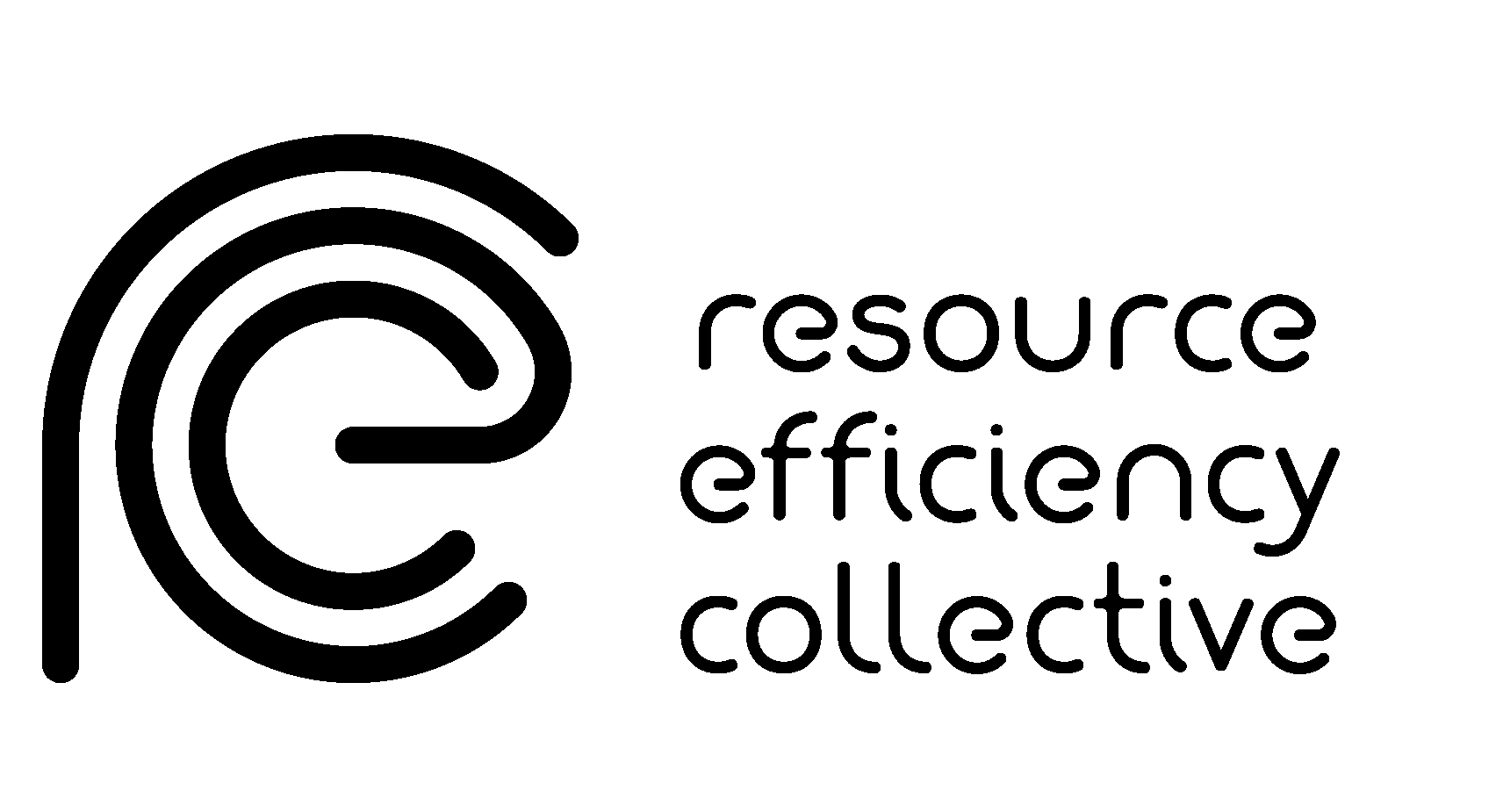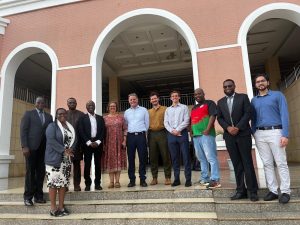Supply Chain Resilience
Refficiency’s Karla recently presented our work on resource efficiency and included her work on MAT-dp at CCG’s COP26 Side Event – Climate Resilience.
Electricity systems offer several opportunities to reduce greenhouse gas emissions. One of such opportunities is the switch to renewable technologies, thus reducing the reliance on emission-intensive fossil fuels. However, an opportunity that tends to be overlooked is the construction of such renewables using materials produced more efficiently or with lower embodied carbon. Moreover the materials associated with building renewable electricity systems require a greater variety of specialised materials for a power plant to deliver the same amount of energy.

Karla and Jonathan are part of the Climate Compatible Growth (CCG) programme. Their work focuses on exploring opportunities to lower emissions from materials to make sure that the energy transition reaches its maximum low-carbon potential. It is paramount that low-carbon electricity is implemented in parallel with low-carbon industry, otherwise we will face the risk of locking in industrial emissions. We know these emissions are hard to decarbonise based on our current experience. Some supply chains need to be rethought to make processes more efficient and to make sure supply chains are resilient in the face of both high demands associated with the changing systems and climate change.
Material Demand Projections model (MAT-dp) is the model they have created to help estimate the amounts and types of materials required for building electricity systems and their implications for the environment and society. The key outputs from this model are:
– trade and industrial implications – referring to the materials required to build the power plants
– environmental implications– referring to the embodied emissions of the materials that are required in the system
– socioeconomic implications – among them, the costs of the planned systems or the number of jobs associated to constructing the technology infrastructure
The model was used to calculate the materials needed to build projected African electricity systems for 47 countries, which has been released as a policy brief for COP26.
MAT-dp can be used to inform carbon budgets, trade and industrial capacity strategies, plan infrastructure, and create country development strategy in line with the systems that countries are planning to build. The model still has room to grow, so many more applications are in the pipeline. So, stay tuned and follow our work through the CCG and Refficiency channels.
Watch Karla’s full presentation on CCG’s YouTube channel here.
Photo credit: Marcin Jozwiak













